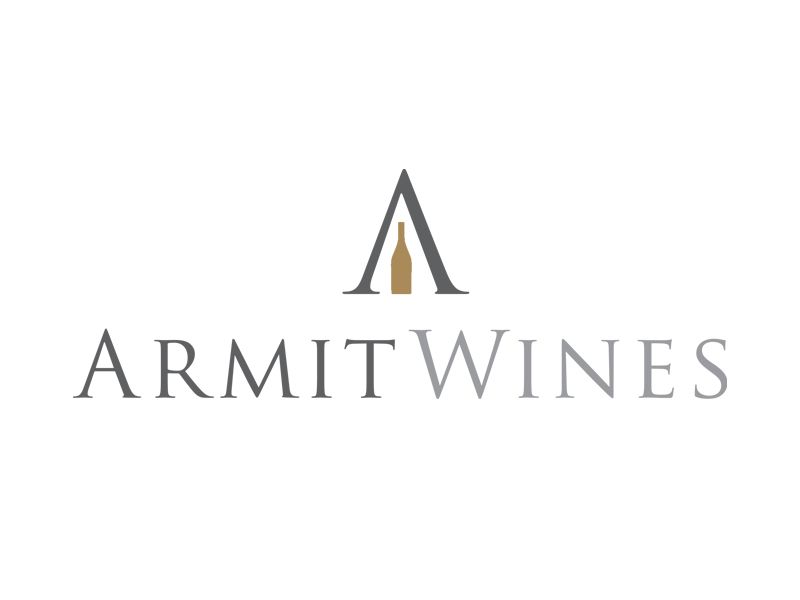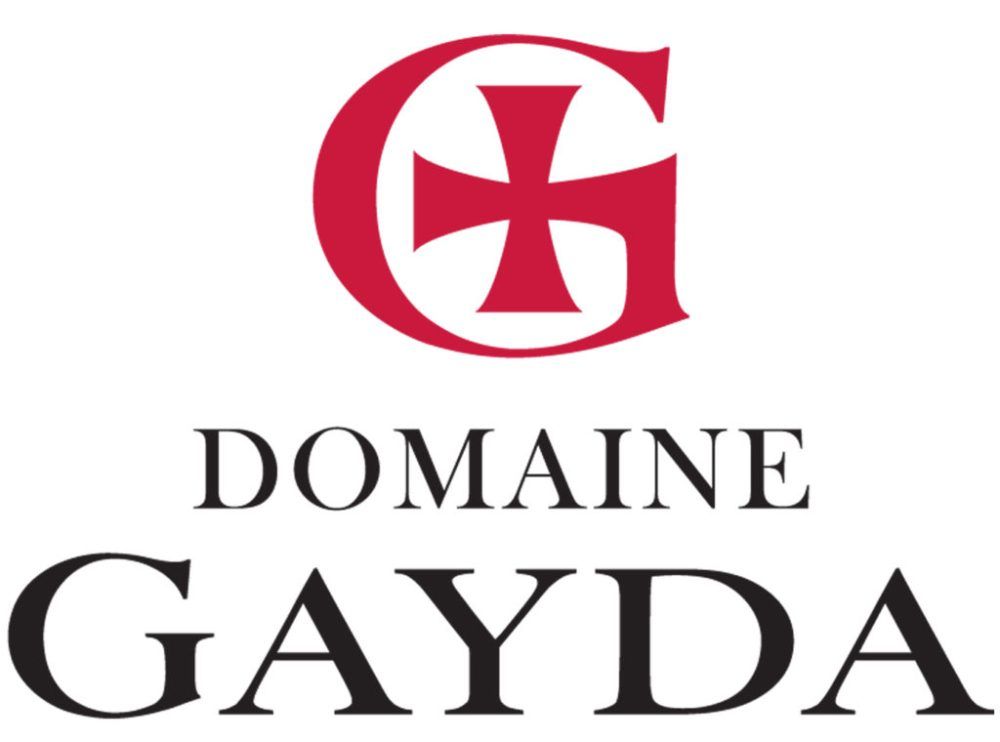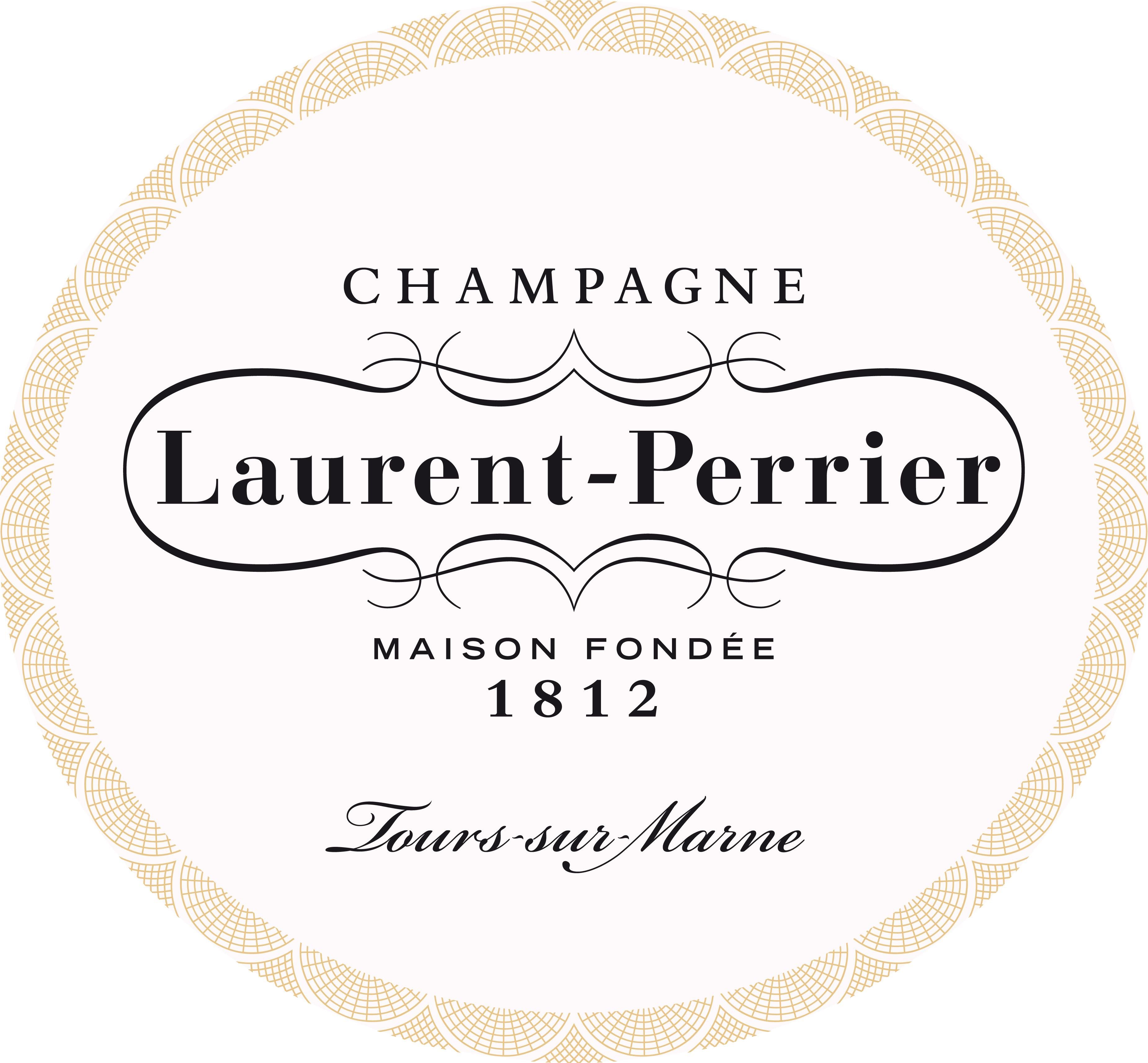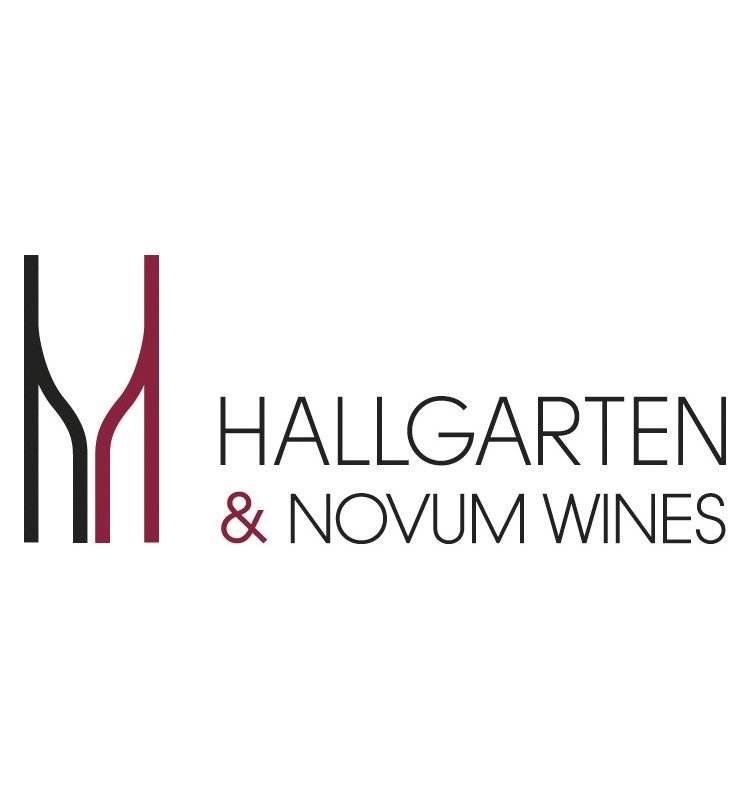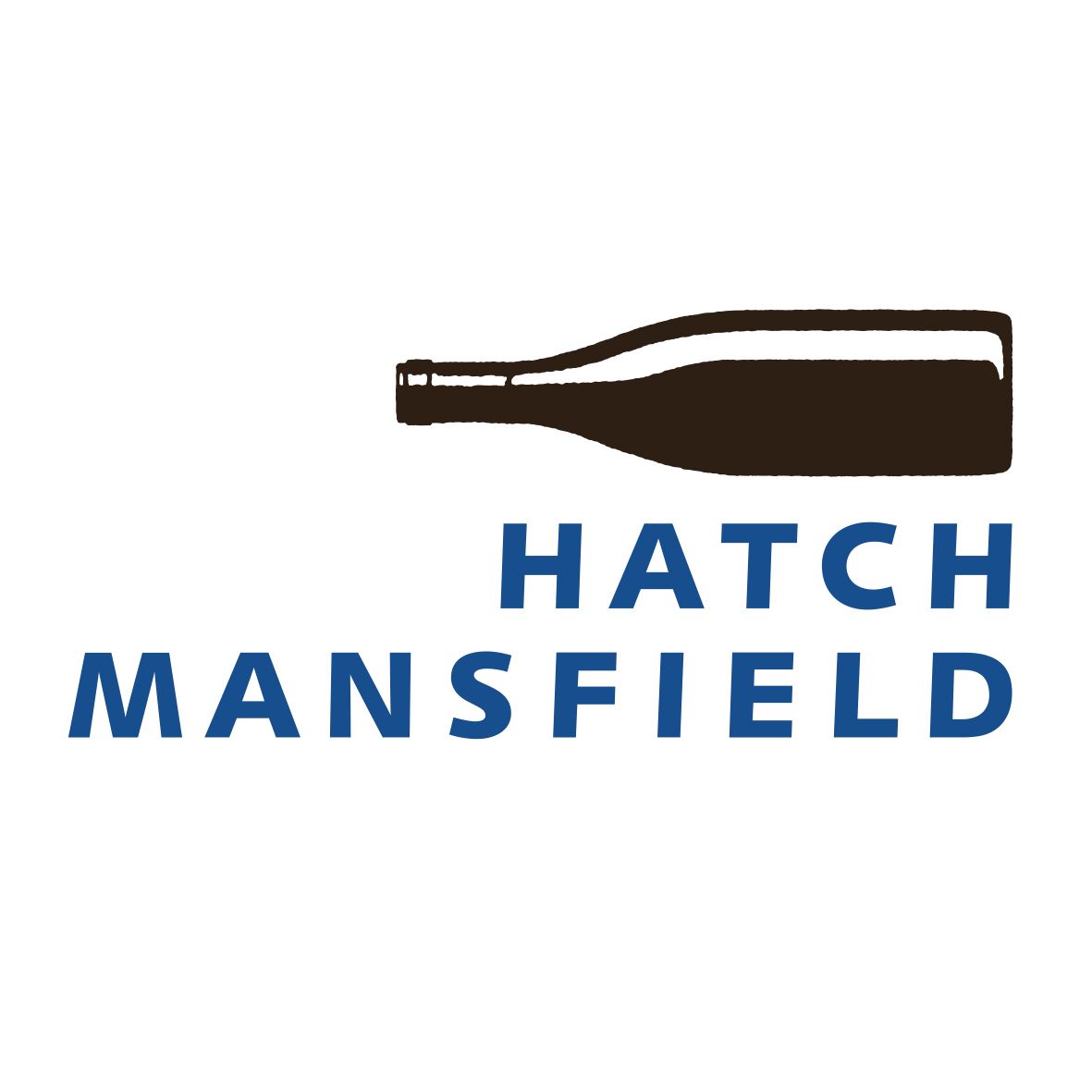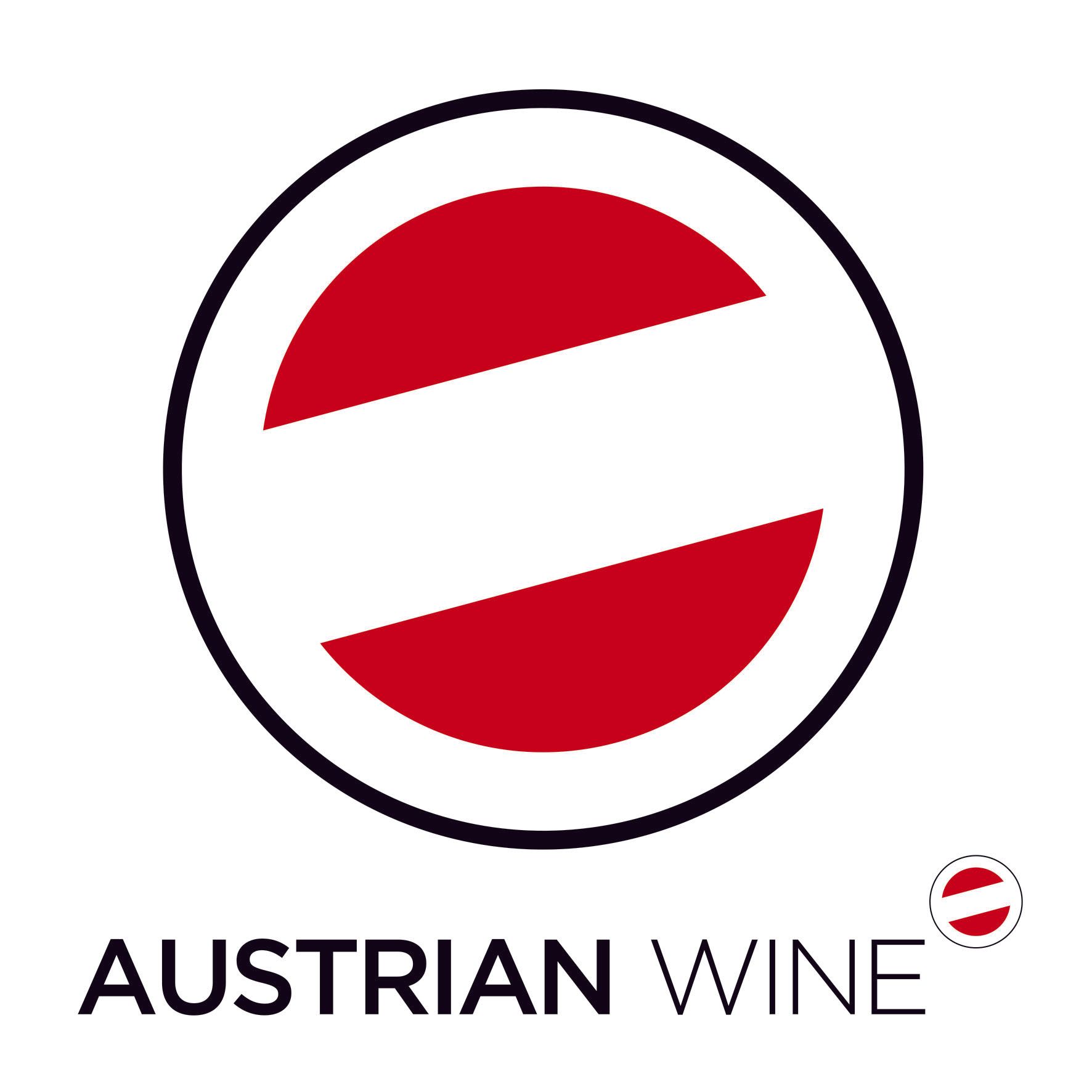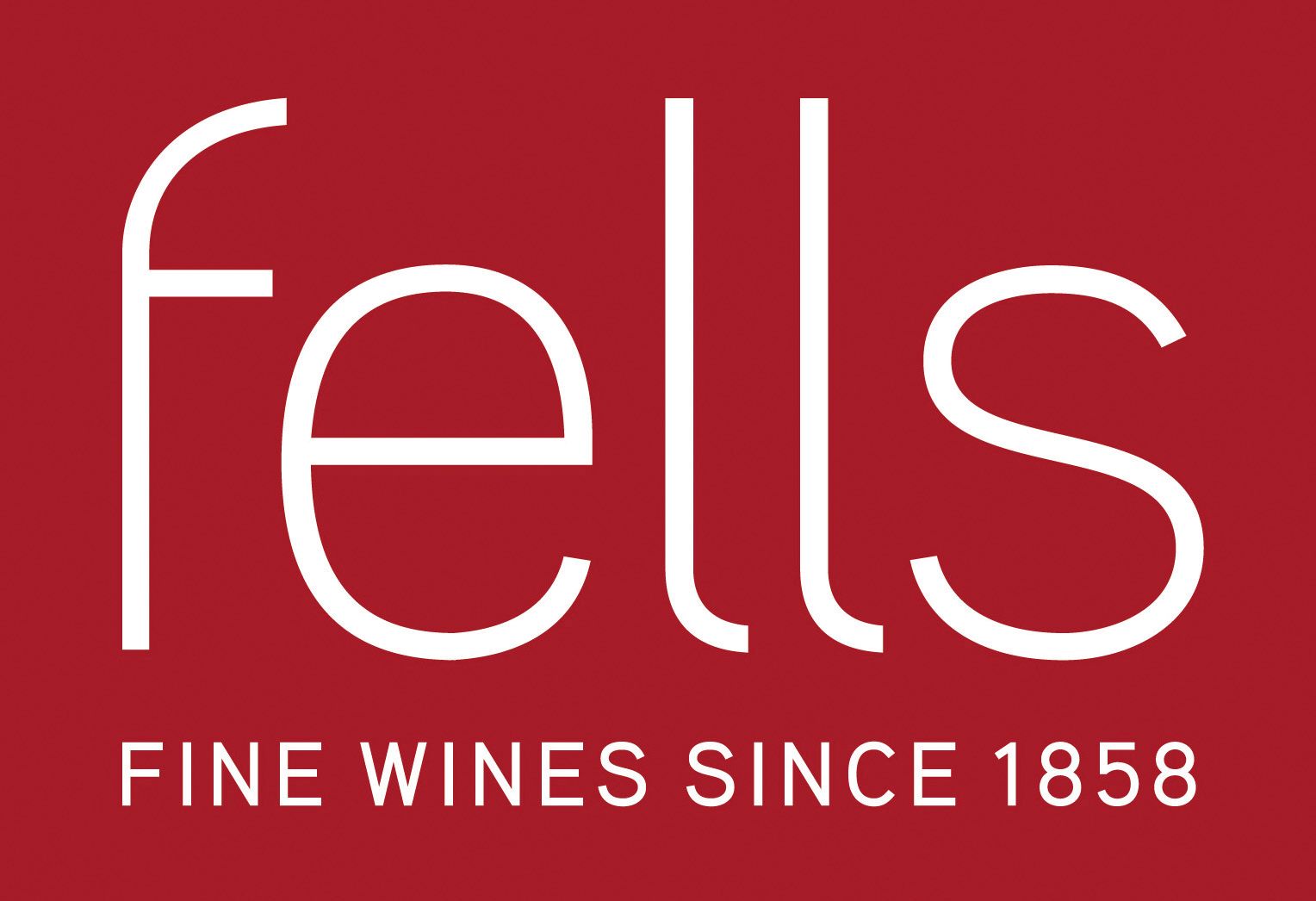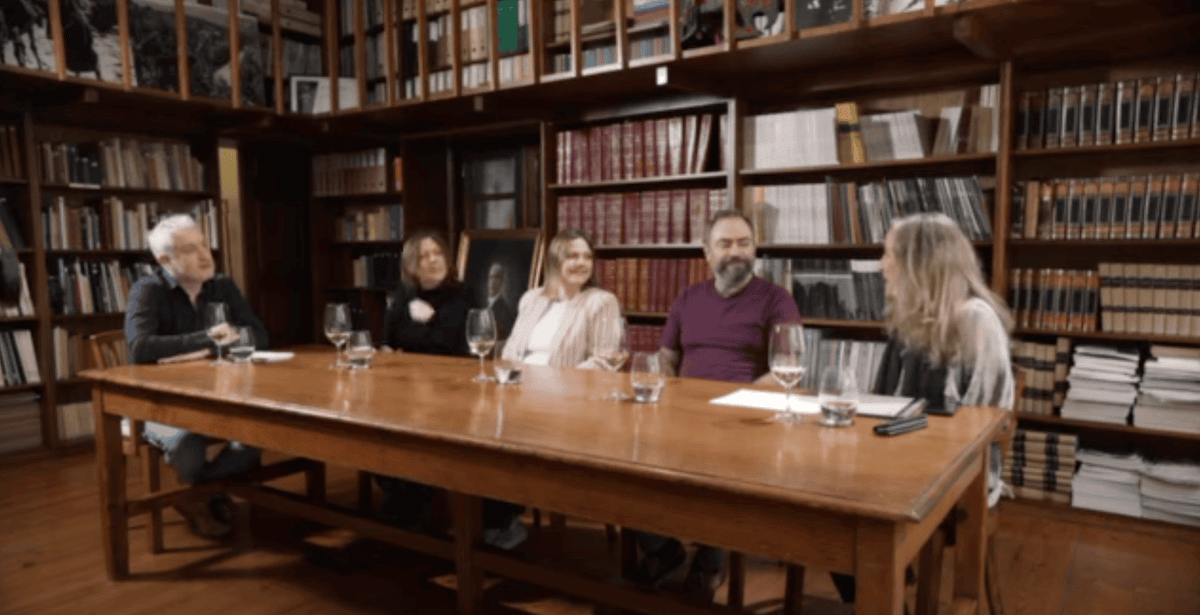Billed as ‘a meeting of the minds’, the Old Vine Conference in Northern California brought together nearly 400 attendees, with a further 300 joining in remotely, for seminars and debates, tastings and visits to historic vineyards, for a five day event to celebrate old vines and the wines they produce, while debating next steps for the campaign.
The seventh edition of the conference, but only the second to be held in person, began with a global old vine tasting, a speech from Jancis Robinson OBE MW followed by a conversation with Ridge Vineyards’ emeritus winemaker, Paul Draper, culminating in a gala dinner, a collaboration with the Wine Institute of California’s biennial Global Buyers Marketplace, guaranteeing the attention of leading figures as they rounded off their own week of buying visits.
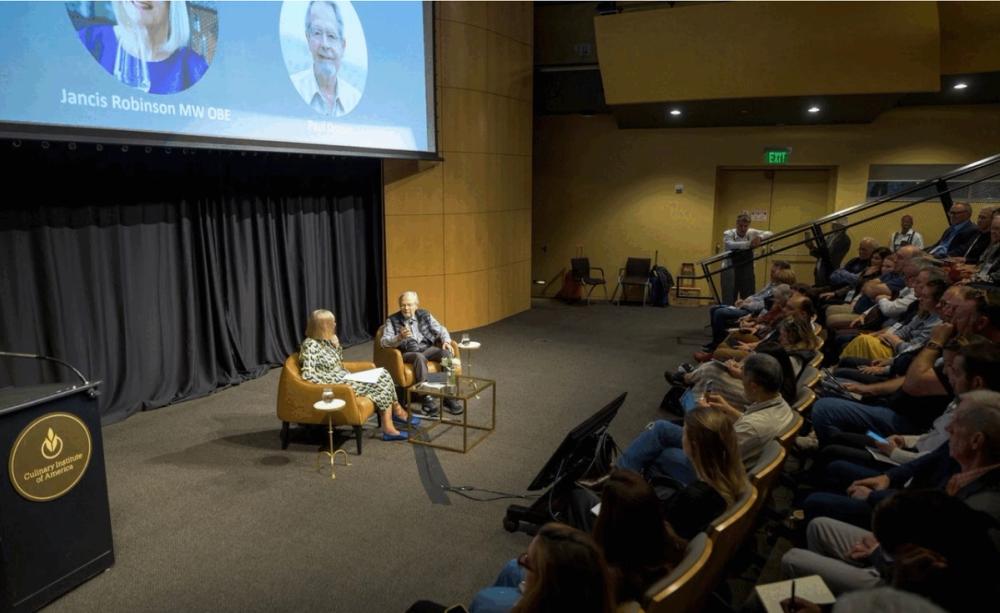
Jancis Robinson MW interviewing Ridge Vineyards' Paul Draper following her keynote talk to the Old Vine Conference
In her introductory speech, Robinson, celebrating 50 years as a wine writer, talked of her gradual realisation that wines made from older vines produced more notable wines, describing such vines as “our greatest resource” and praising the "unifying impulse of the old vine movement”.
Describing California as “the obvious place to celebrate these historic deep-rooted marvels" she recalled her early enthusiasm for wines produced from Zinfandel, considered America’s heritage grape.
International reach
In all, 39 speakers representing 10 countries contributed to the week’s discussions, at venues in Napa, Sonoma and Lodi, with around 250 old vine wines poured from 12 nations, testament to the sense of global collaboration now driving the preservation of these historic vineyards.
The event, held in partnership with Zinfandel Advocates & Producers (ZAP), also featured headline speakers including renowned South African viticulturist Rosa Kruger, Dr. Laura Catena of Argentina’s Catena Institute, and OVC co-founder, Sarah Abbott MW, who told me she believed it marked a “tipping point” in the campaign to preserve older vines:
“When you see these really heartfelt projects, working with this intersection of heritage, biodiversity and regional community-based viticultural skill, and thenthey meet each other, it’s just absolutely galvanising … The enthusiasm and commitment we’ve seen throughout the week demonstrates that the old vine movement is not just thriving, but accelerating.”
Scientists support old vines
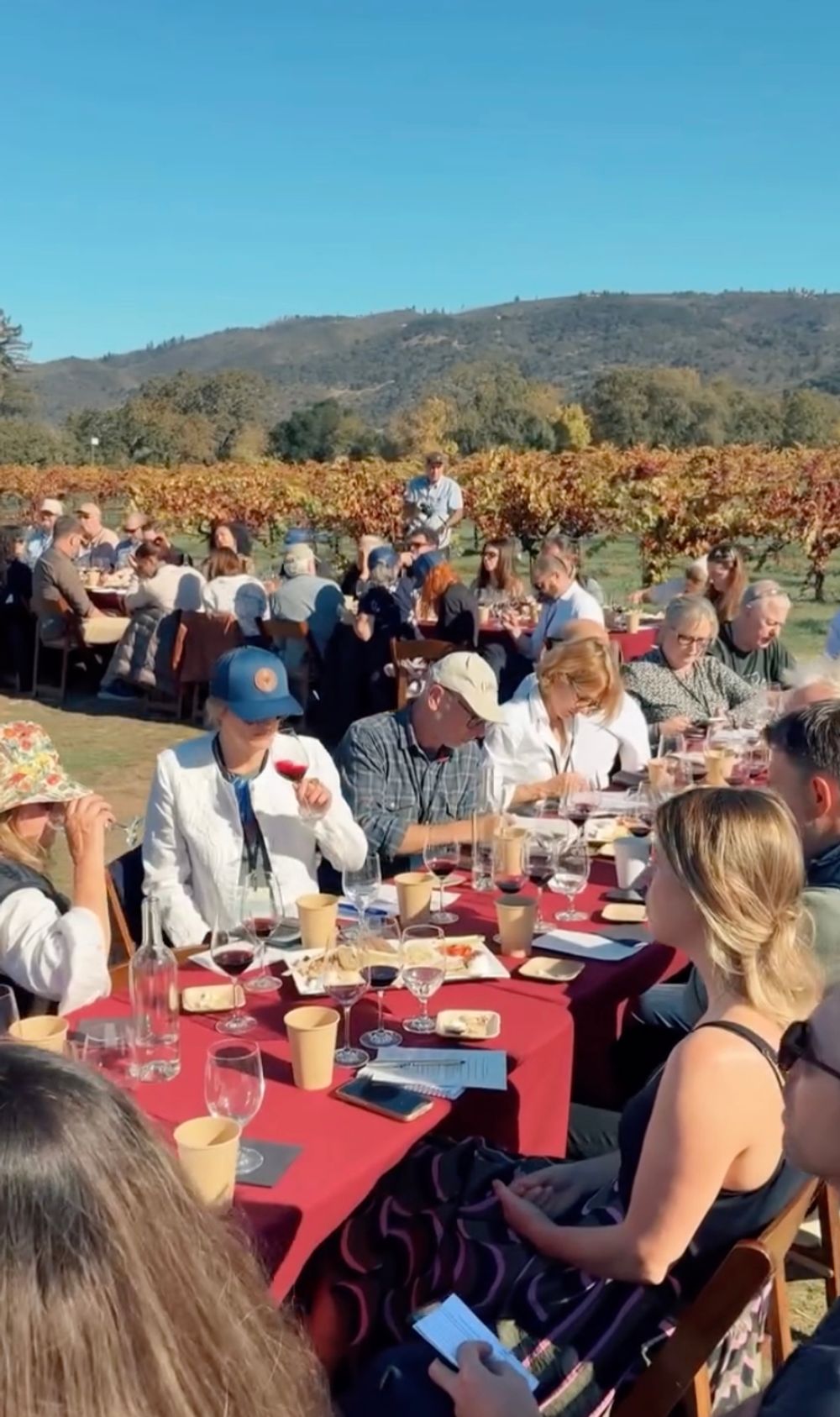
The Old Vine Conference attracted delegates from all over the world
The conference saw the release of two groundbreaking scientific studies, the first supporting previous empirical evidence on the increased quality of wines made from mature vines, with the second heralding a new way of ageing older vineyards.
The research was undertaken by CRDO Campo de Borja, as part of its ‘Historic Garnachas’ project, in association with the Universities of Navarra and Zaragoza, along with wineries, Ainzón, Aragonesas and Borsao.
The first study was carried out over three years using Garnacha mistelas (musts fortified with alcohol to preserve primary aromas), both from historic and adjacent young vineyards.
"The results were remarkably consistent," explained Professor Vicente Ferreira of the University of Zaragoza. "We saw that across all sites, the fruit from old vines displayed greater complexity and a more intense phenolic structure, making wines that are more suitable for longer ageing. They showed more black fruit than red fruit aromas. Another key finding was their ability to express the distinct character of the terroir.”
(You can watch a recording from the Old Vine Conference in Sonoma on November 1)
The second report, a scientific method for vine age certification of Garnacha, is significant because historical planting records are often unreliable. Professor Luis Gonzaga Santesteban, from the University of Navarra, explained the results:
"People tend to think that vine age can easily be certified via official registers or that the age can be established by counting the rings of a branch like a tree, but vines do not grow in the same way as trees, and official vineyard records are only accurate from 1994 onwards, so the reality is much more complex. We combined a number of sources of information (including) aerial photographs taken at different points in history, relative measurements of the growth of vines as well as genetic analysis of vines and rootstocks, to create an empirical way of assessing vine age."
Reflecting on the studies, Abbott said: “We have long believed through comparative tastings that wines made from old vines display greater concentration and complexity of flavour, as well as being better able to express site-specific nuances, so to have this proven scientifically by the team at the University of Zaragoza is a great step forward for the old vine community. The study by the University of Navarra is of equal value for its establishment of a method of verifying vine age in regions where records are incomplete or unreliable.”
Moderating the session, Dr Laura Catena, emphasised the importance of the research: “This multi-year study, including multiple sites, establishes with scientific certainty what many of us know through hands-on experience: that old vines make better wine (while) the vineyard dating methodology creates a framework for establishing vineyard age across the world. Kudos to Spain for leading the way in old vine research.”
Zinfandel feels the love
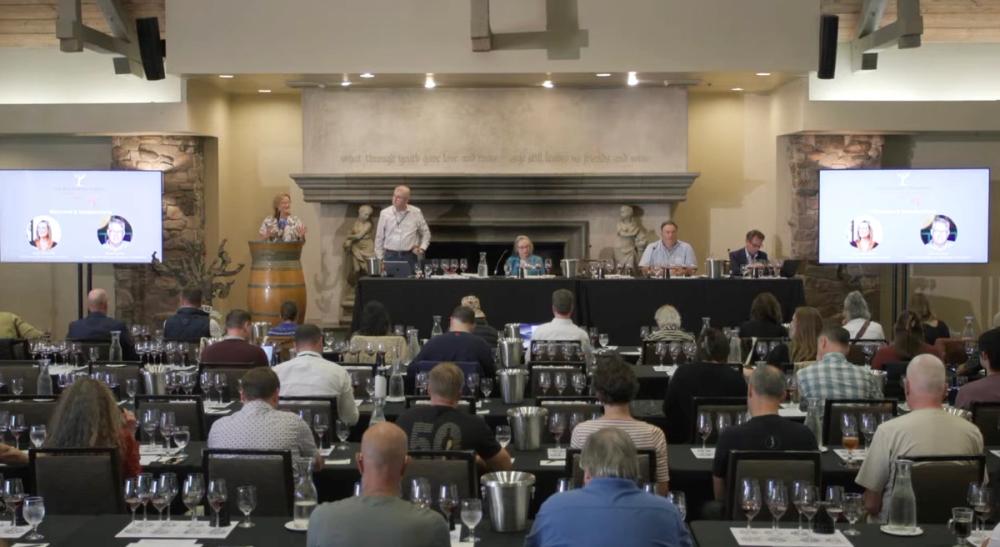
The Old Vine Conference featured a series of talks, panels, tastings and the results of two major scientific studies into old vines
Though the state is much more synonymous with Cabernet Sauvignon these days, California’s heritage grape variety is Zinfandel, with vines dating back to the 1880s still yielding fruit. A number of such sites were included on the busy itinerary of field trips for the conference, including Ridge’s iconic Geyserville, Russian River’s Jackass Hill, Sonoma Valley’s Bedrock, along with Lodi’s Kirschenmann and Mohr-Fry Ranch, plus Contra Costa County’s somewhat incongruous Evangelho vineyard, where the old vines abut a housing development and a power station.
Delegates also visited the historic Aldo’s vineyard in Napa’s Oak Knoll, where the Biale family has valiantly resisted the encroachment of urban sprawl and the widespread replacement of Zinfandel with more lucrative Cabernet plantings.
(You can watch a recording of the full conference events on November 3 in Lodi )
“We want to remind people about Napa the way it was - when the vineyard was planted in the 1930’s we were far north of the city, but now we get half a dozen serious offers every year for the land,” says current owner, Bob Biale. “But we love the variety, we know it does well here, and the older the vine, the better the wine - this is our history here.”
Asked what it would take to keep old vine Zinfandel in the ground, Tegan Passalacqua, founding member of the Historic Vineyard Society, urged conference-goers to crack open a bottle and spread the word: “There’s so much positivity in this room and support for what everyone has been working hard to do (so) I would ask you to write something that appeals to the younger generations and for everyone here to open a bottle of Zinfandel for someone under 30 in the next week and tell them about it.”
Rosa Kruger’s impassioned plea
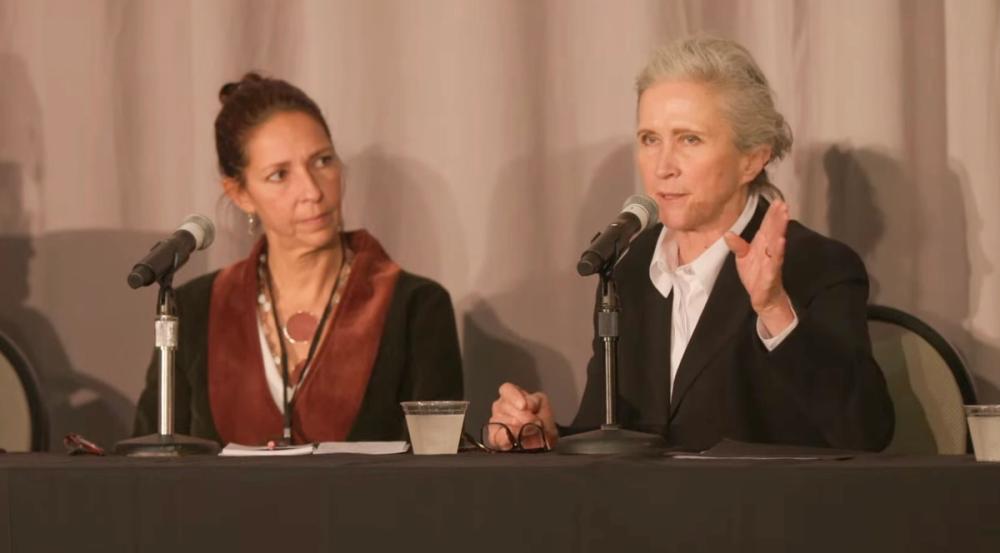
Rosa Kruger was able to explain the work of South Africa's Old Vine Project and set out her vision for old vines and their impact on the wine industry and the people who work in it
With its access to government planting records and innovative bottle seals denoting vine age, South Africa’s Old Vine Project has provided inspiration to the global movement and its founder, the renowned viticulturist, Rosa Kruger, was a star guest at the California conference.
After appearing on panels to discuss the stewardship of heritage vineyards and how to empower the next generation of old vine guardians, she gave a powerful closing address, saying the campaign must extend beyond vineyards to the people who nurture them, through better education:
“Let’s extend our commitment to old vines by making a commitment to the people that spend the most time in the vineyards. Let’s build a culture of generational knowledge amongst vineyard workers - if workers are trained in viticulture they will do a better job, they will work faster, they will add value and you will make a better wine.”
She adds: “If people do a better job, they will hopefully earn a better wage, be able to provide for their children and families which will build the status of vineyard workers in their communities and will keep younger people in the vineyard.
“My appeal to the old vine community across the world is to build a culture for caring for our old vines but also for the people that work the vines.”
* You can find out more about the Old Vine Conference and its work here.



